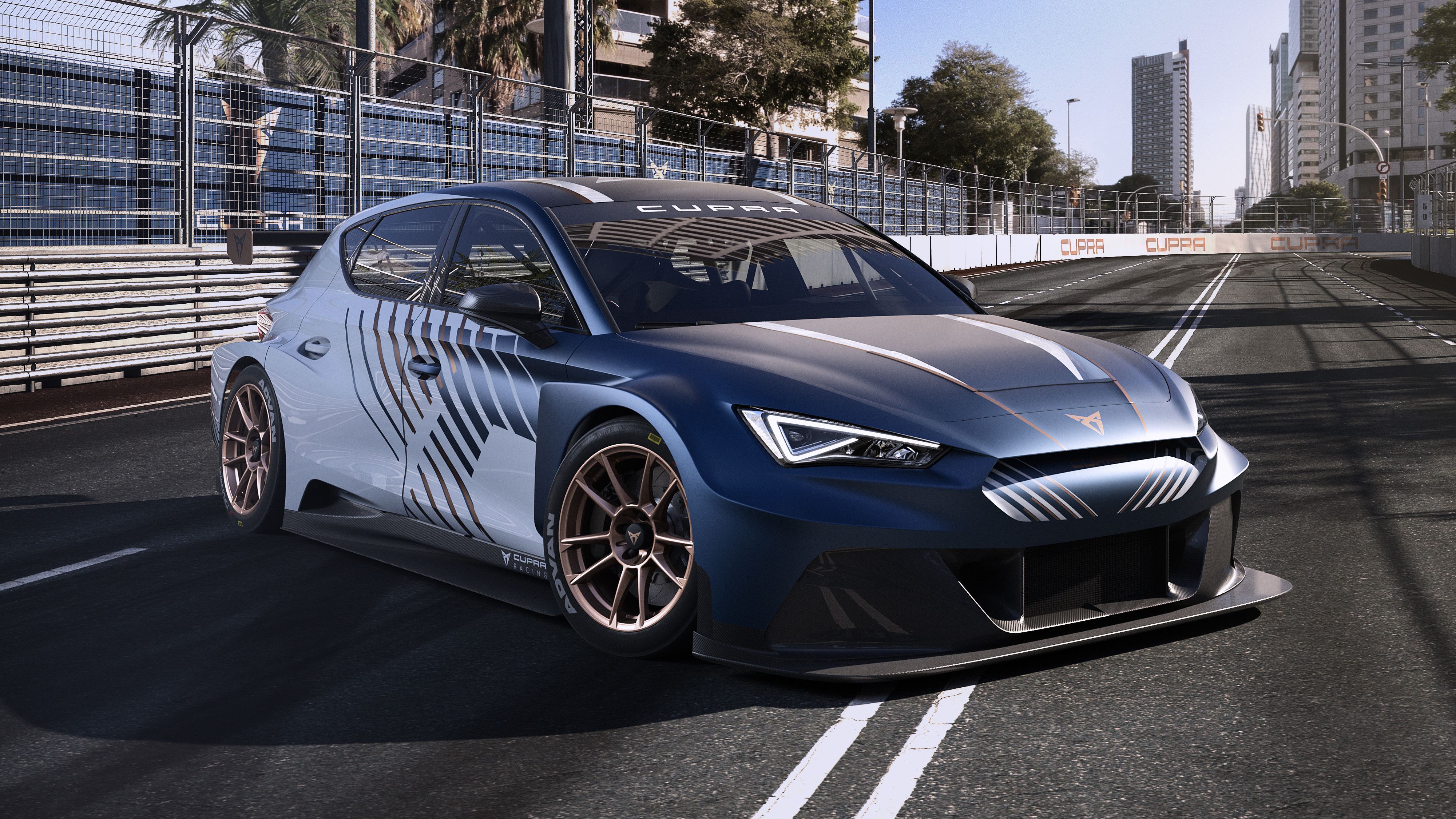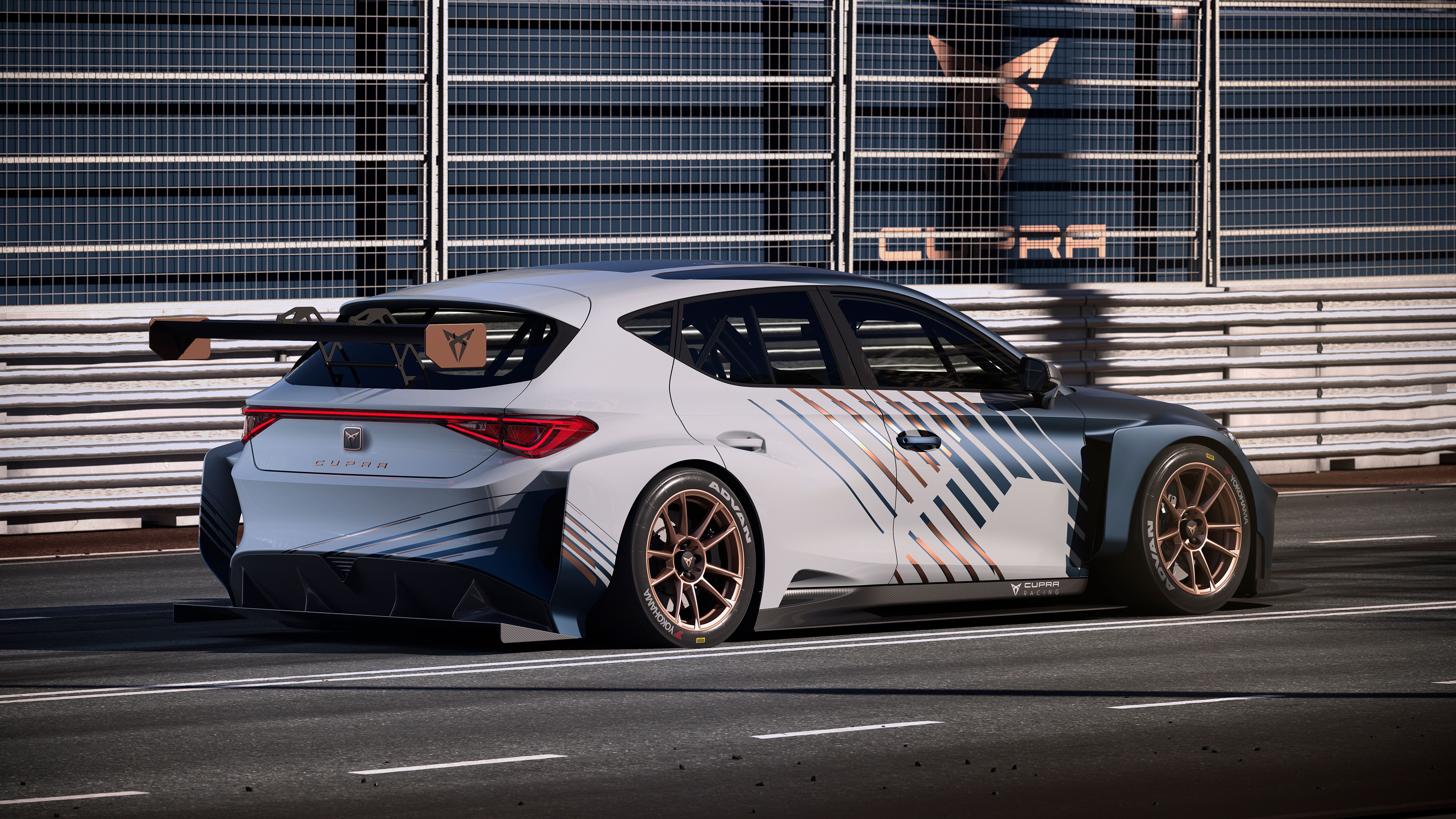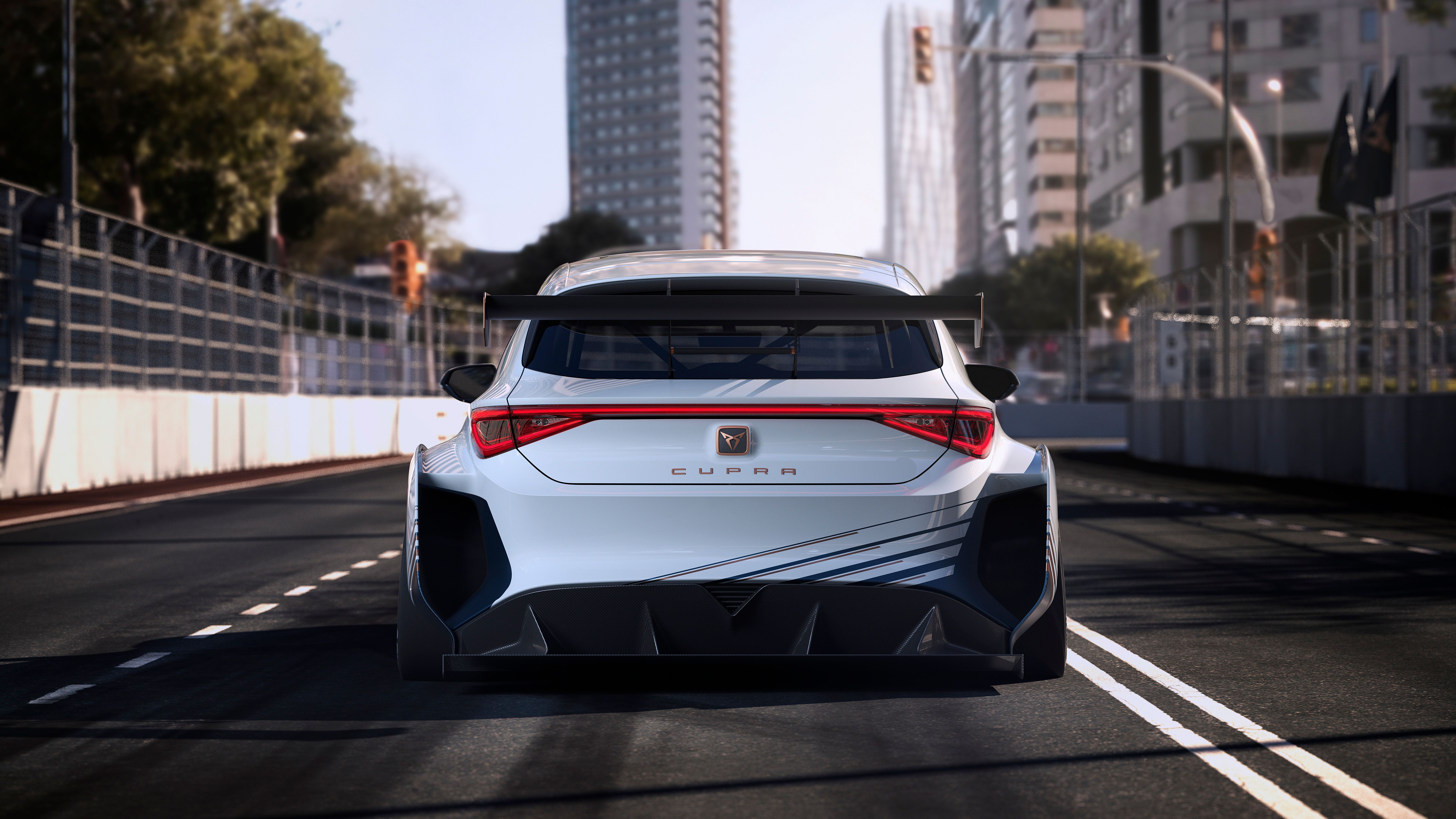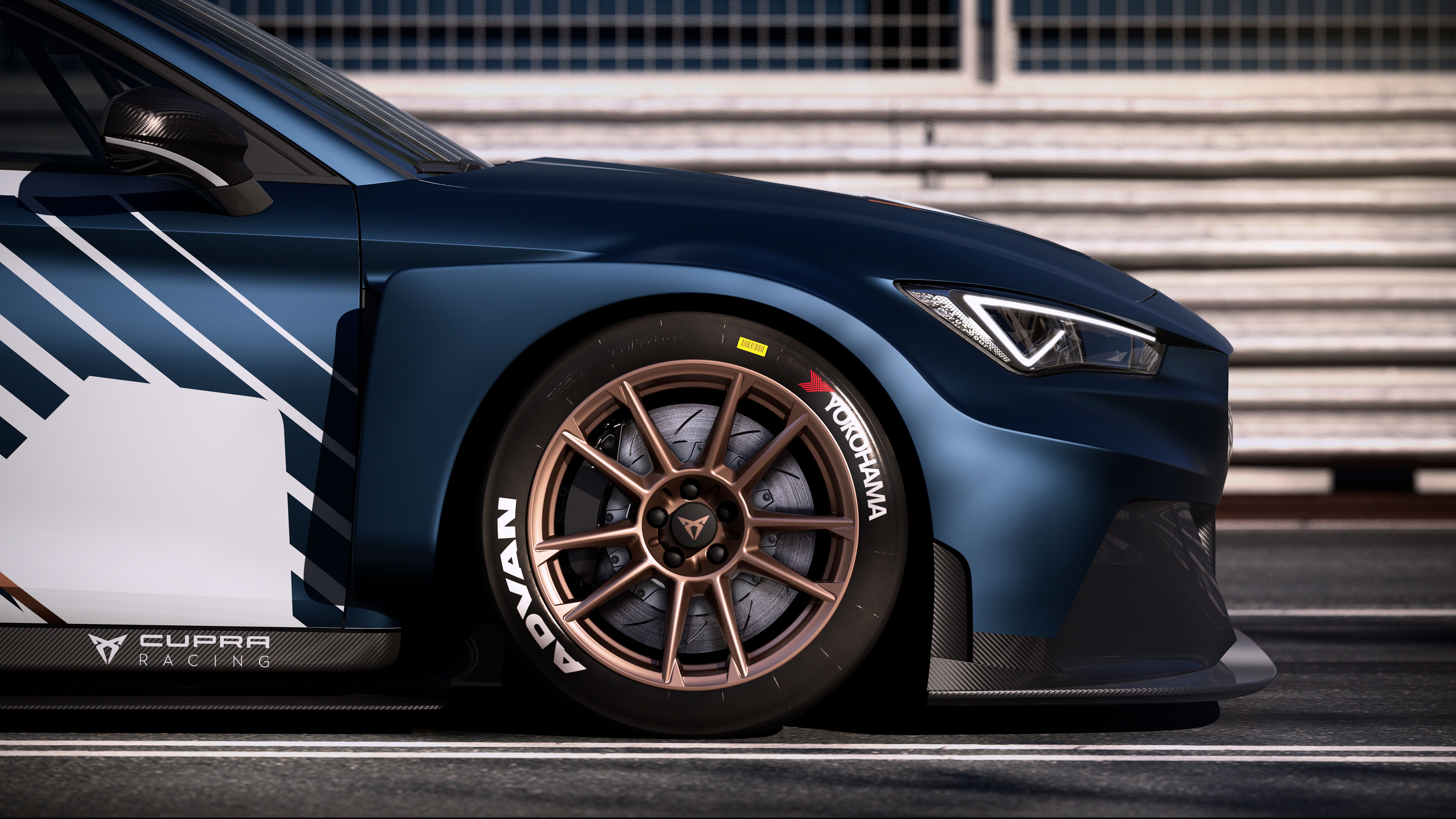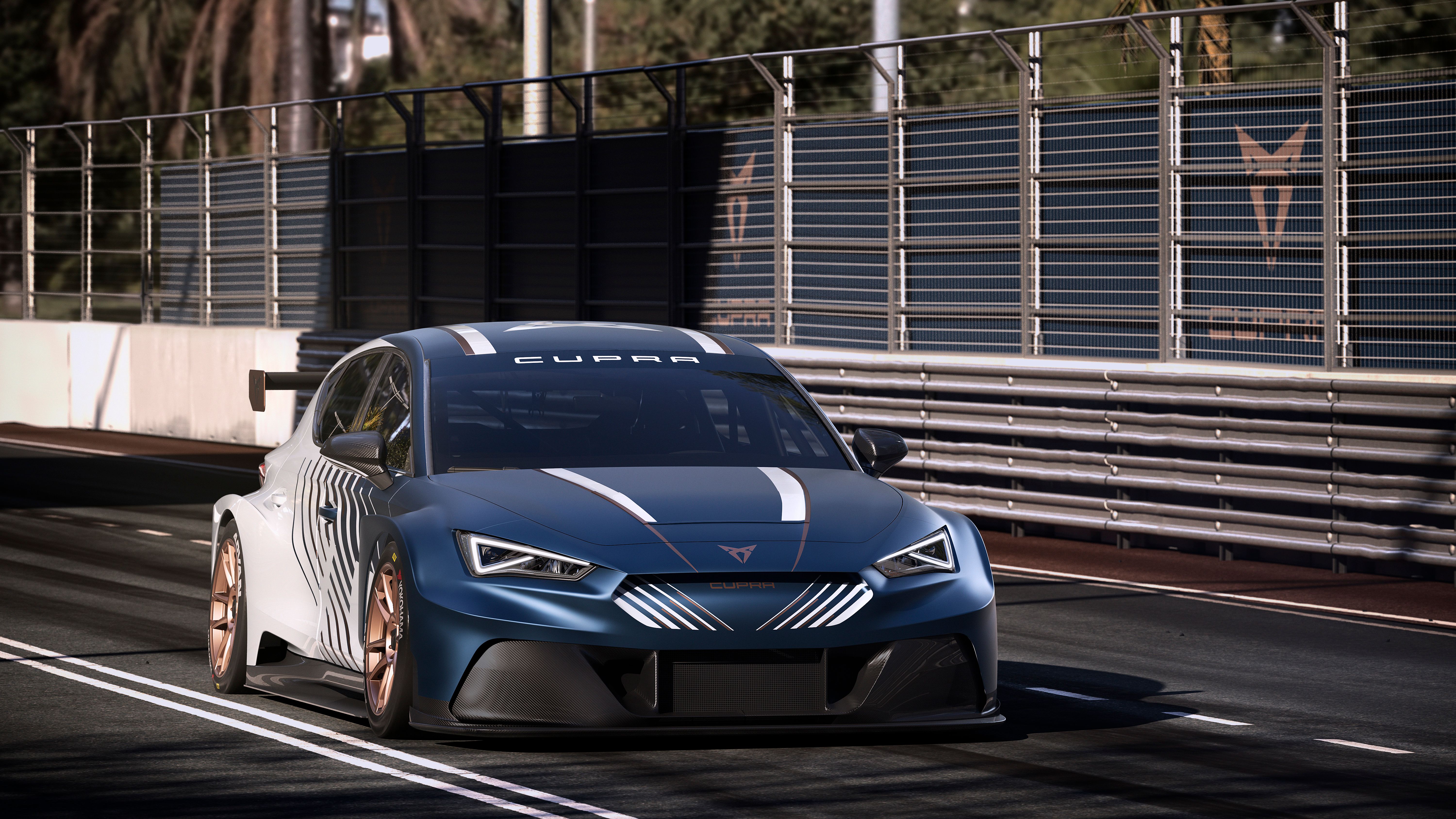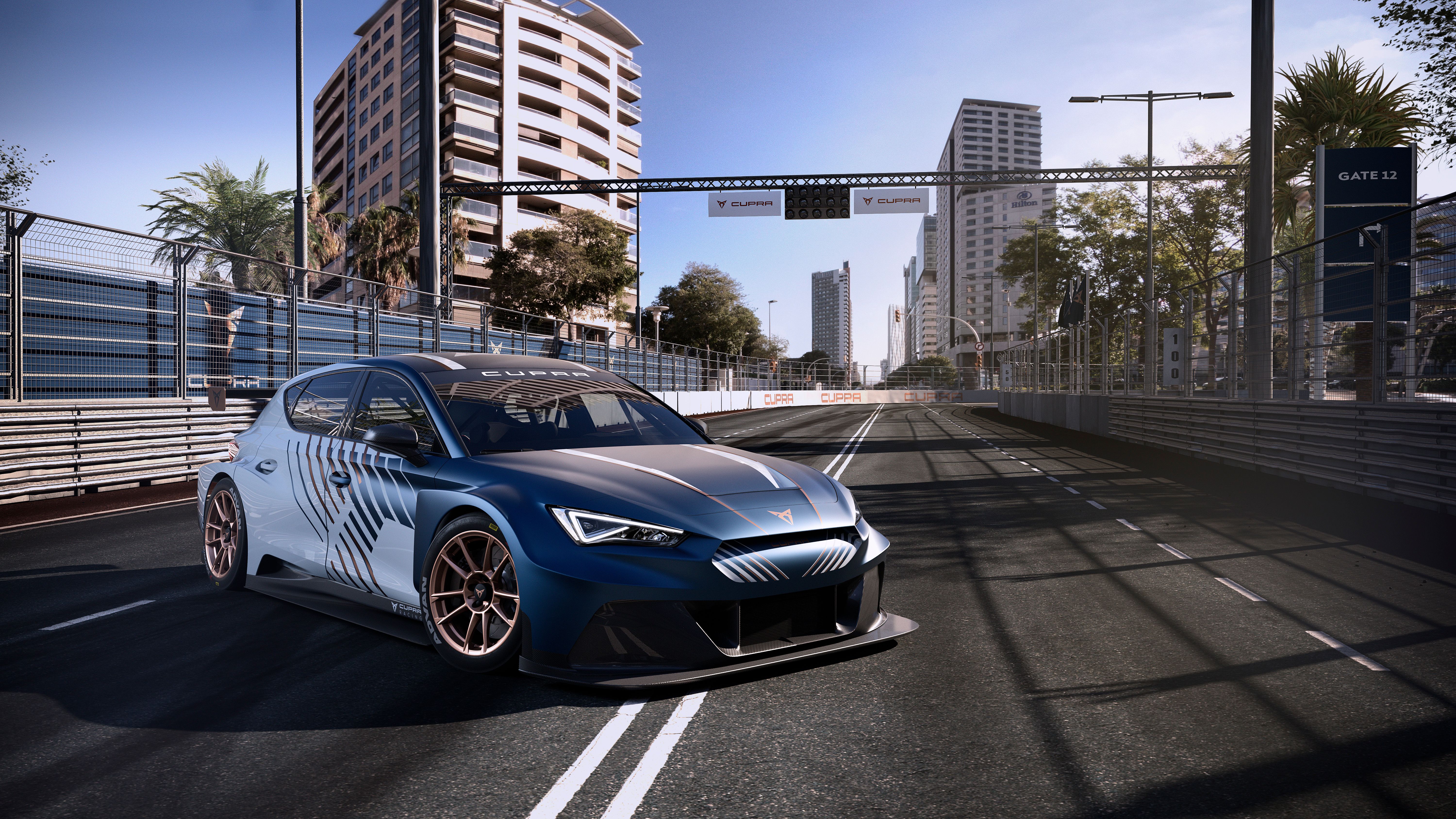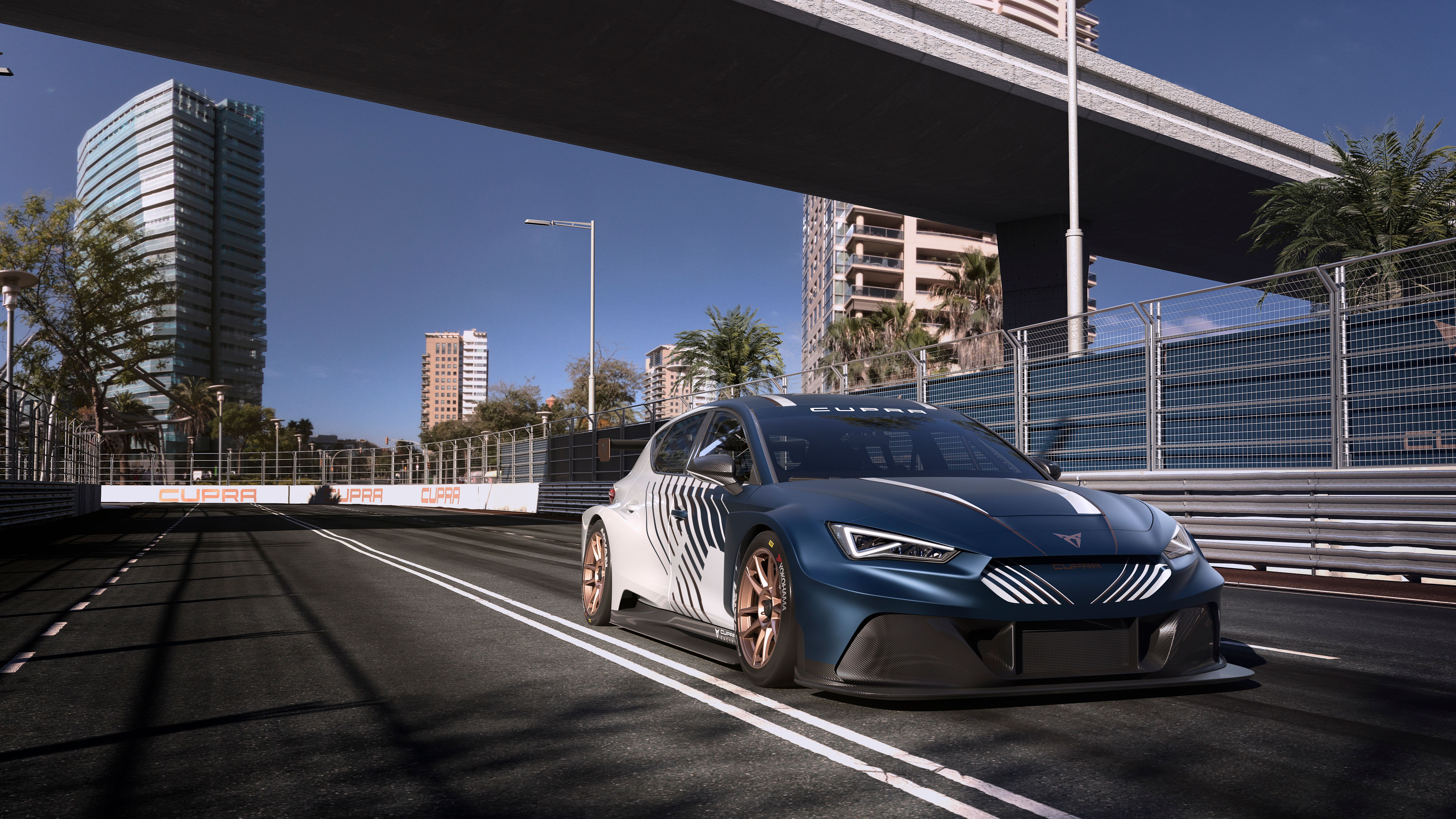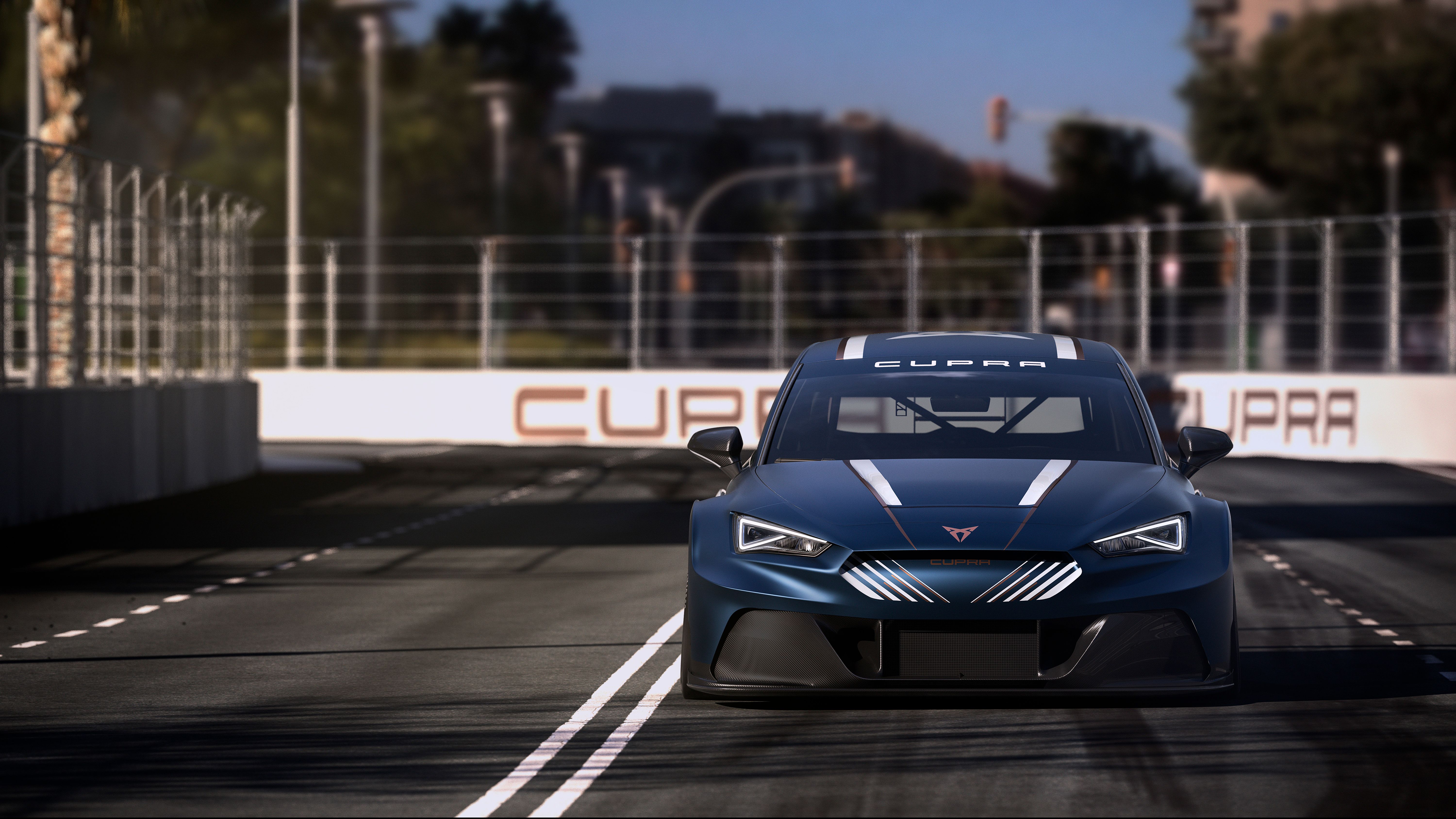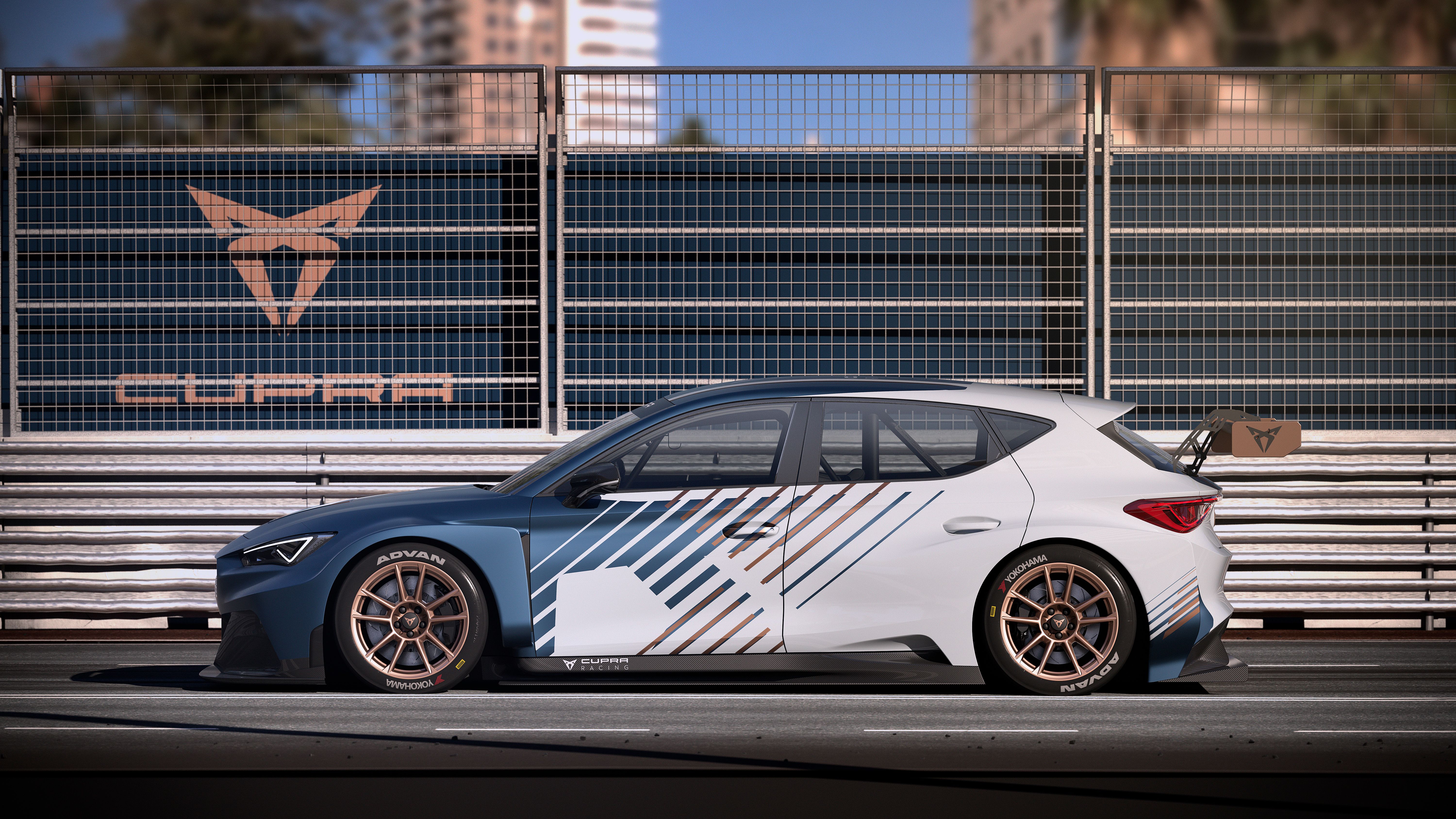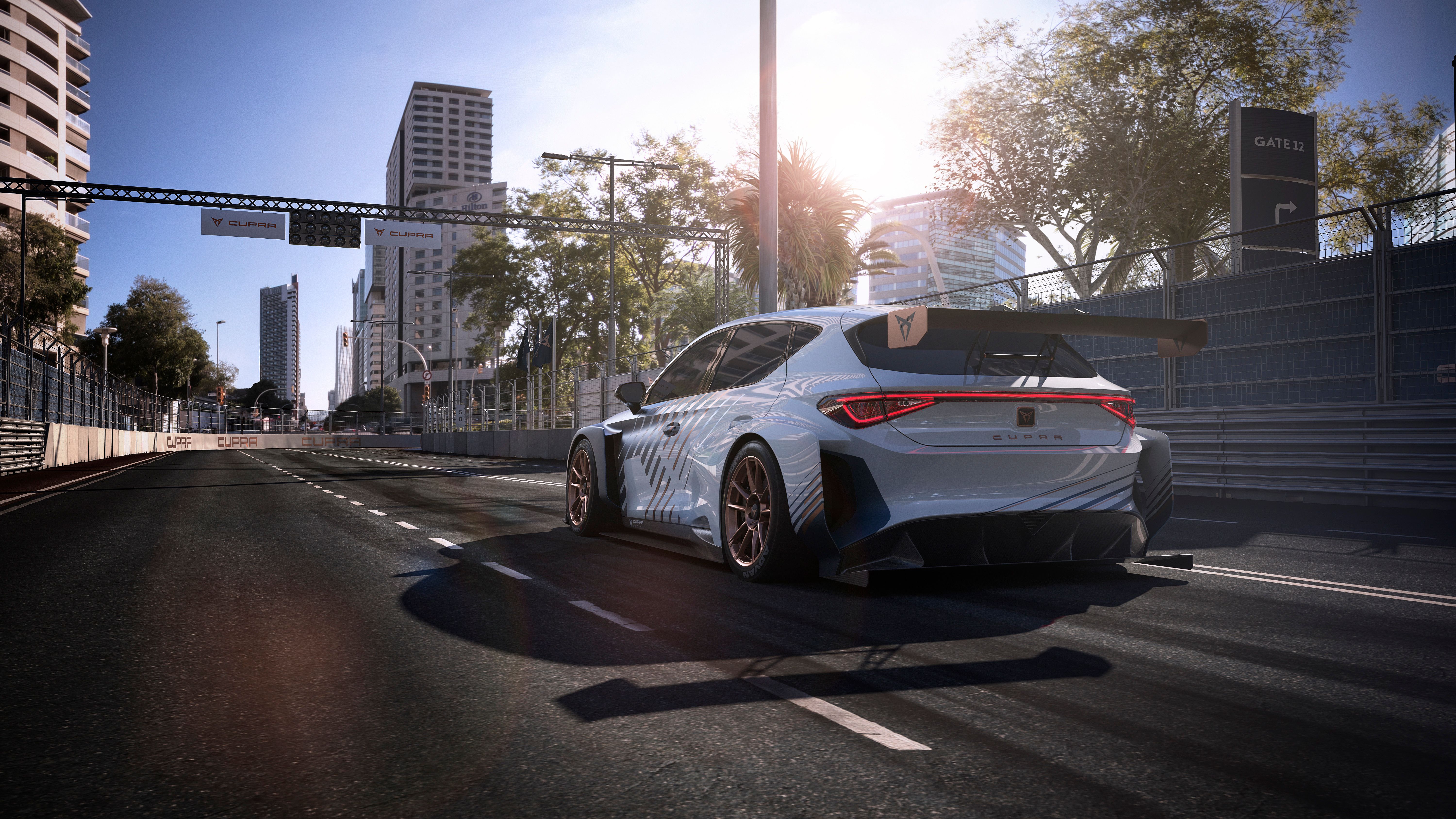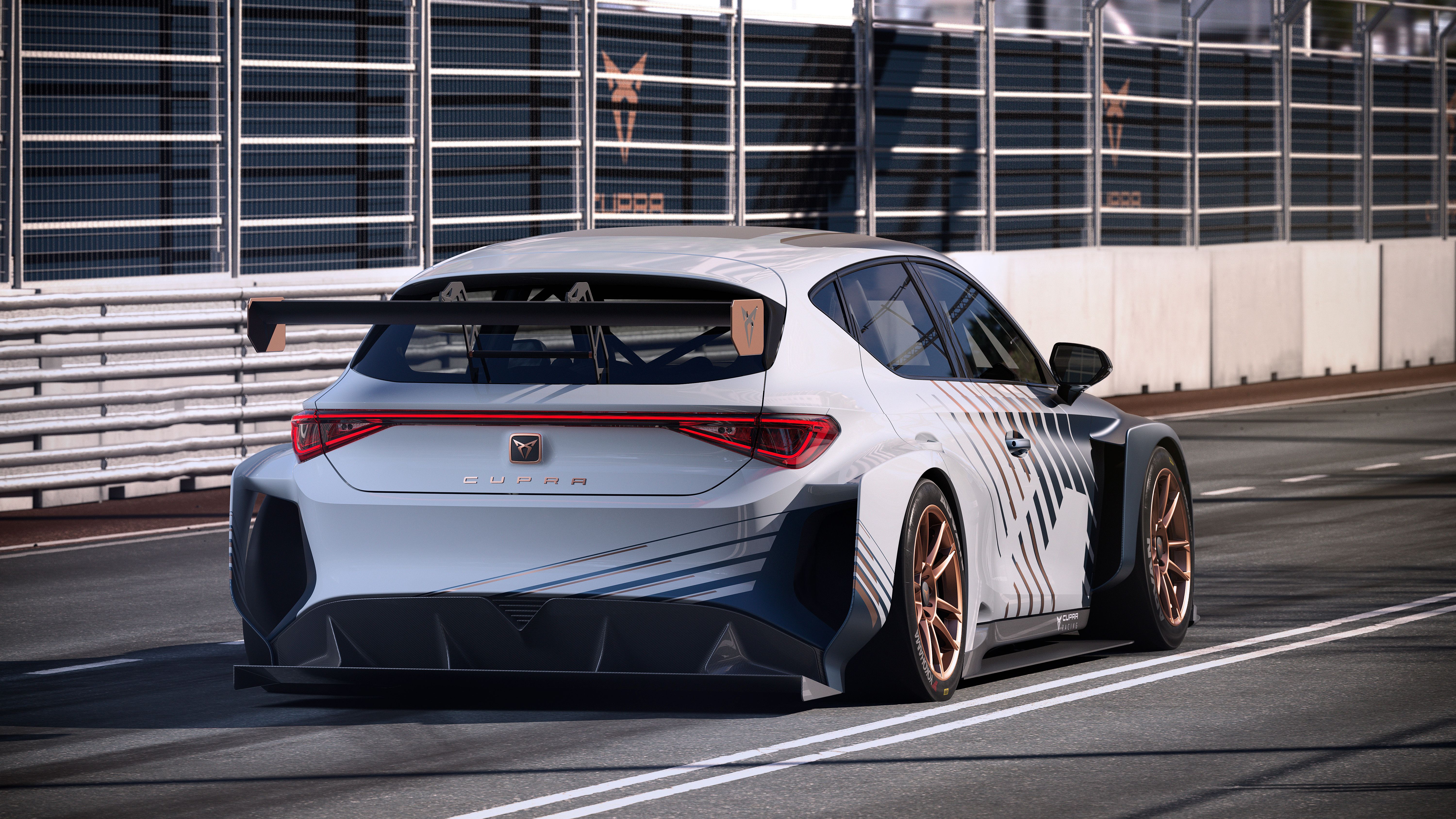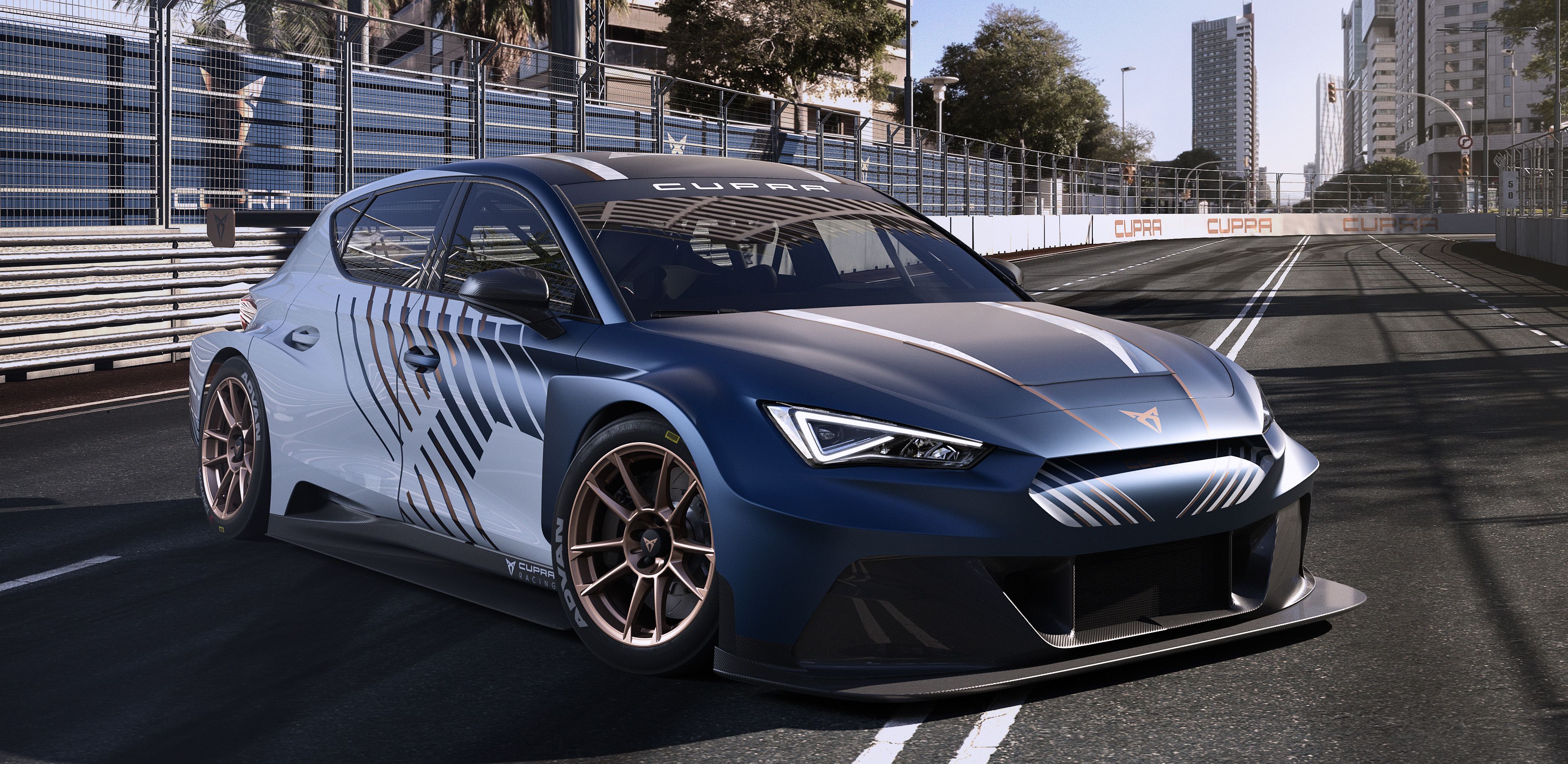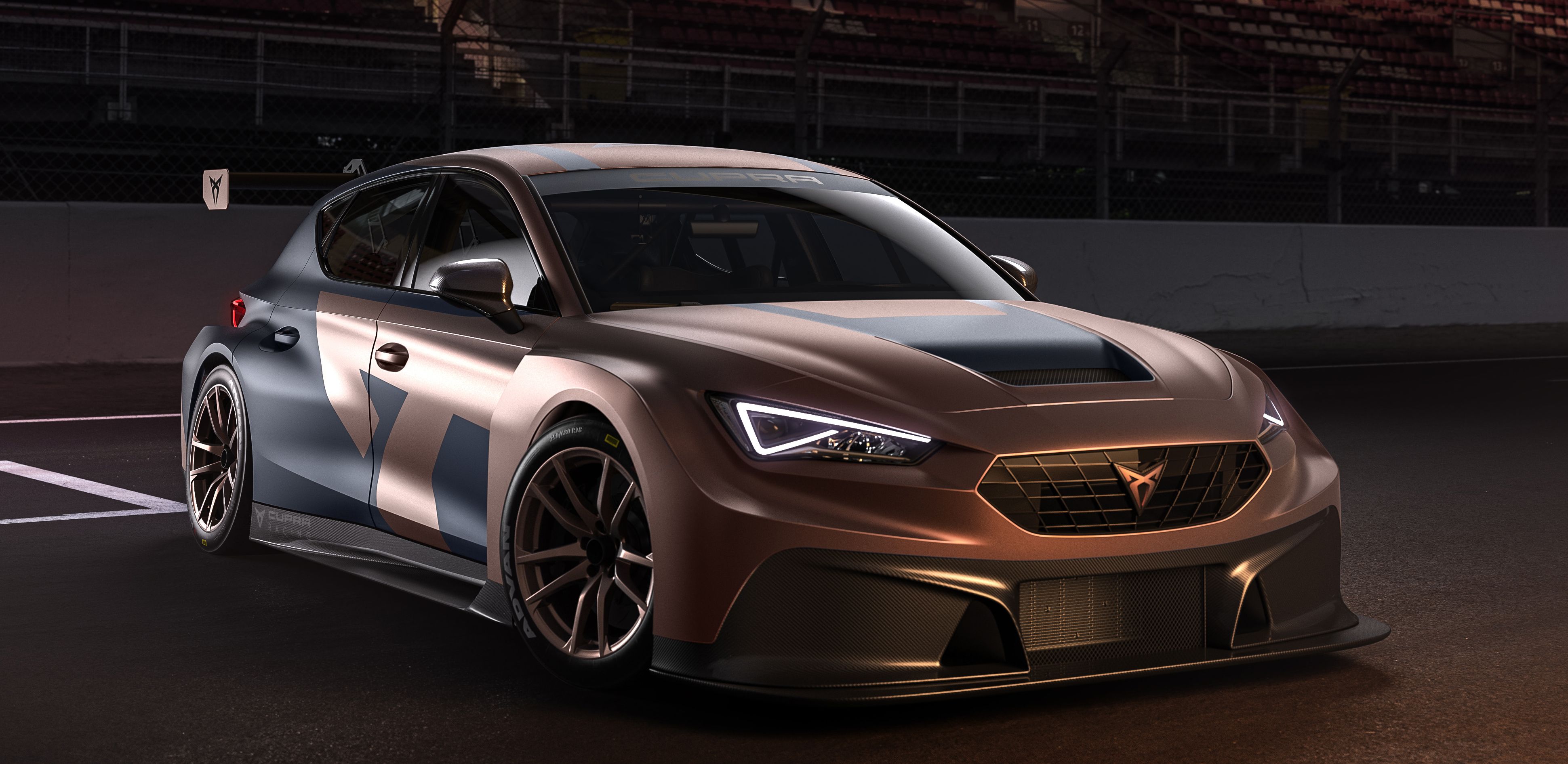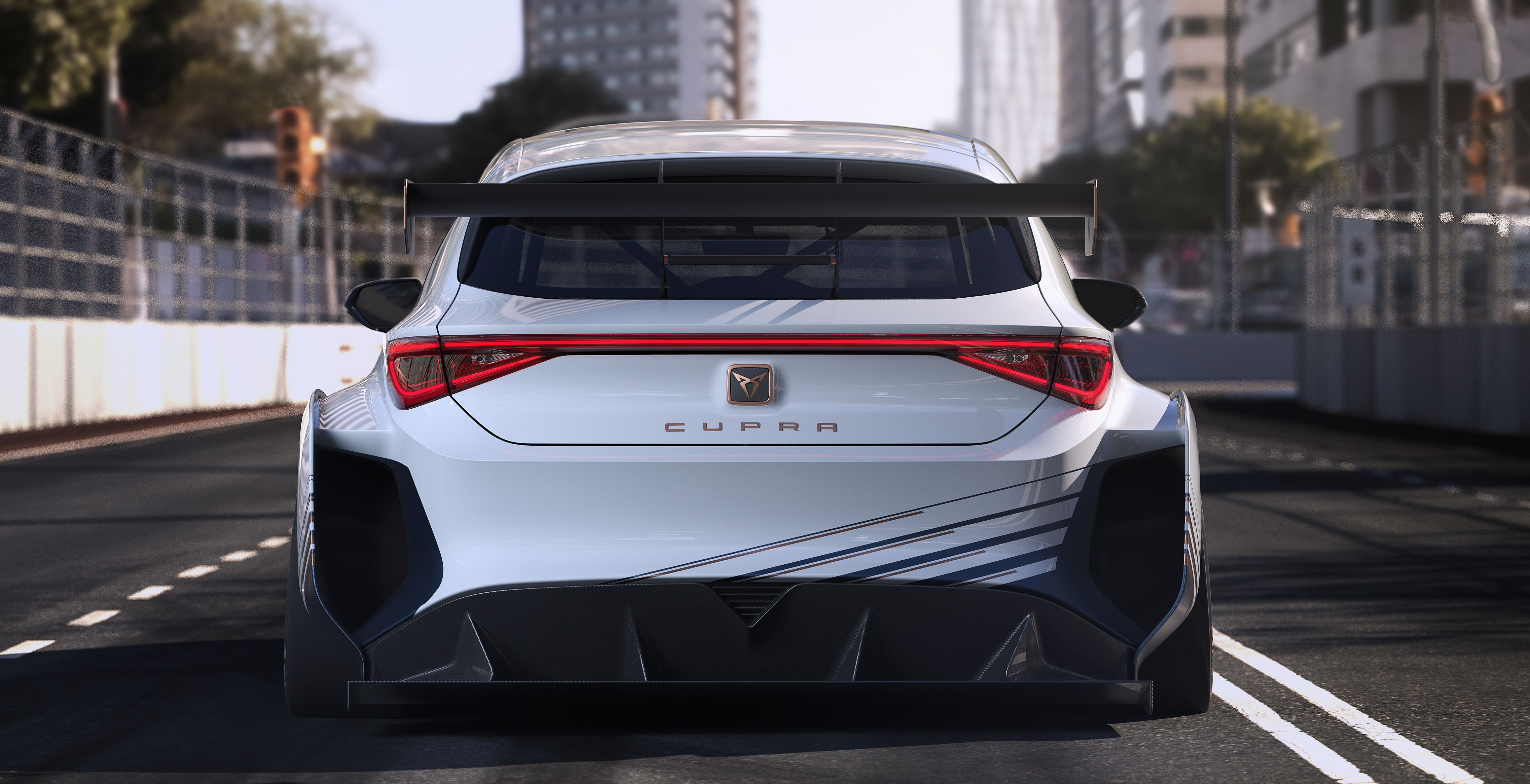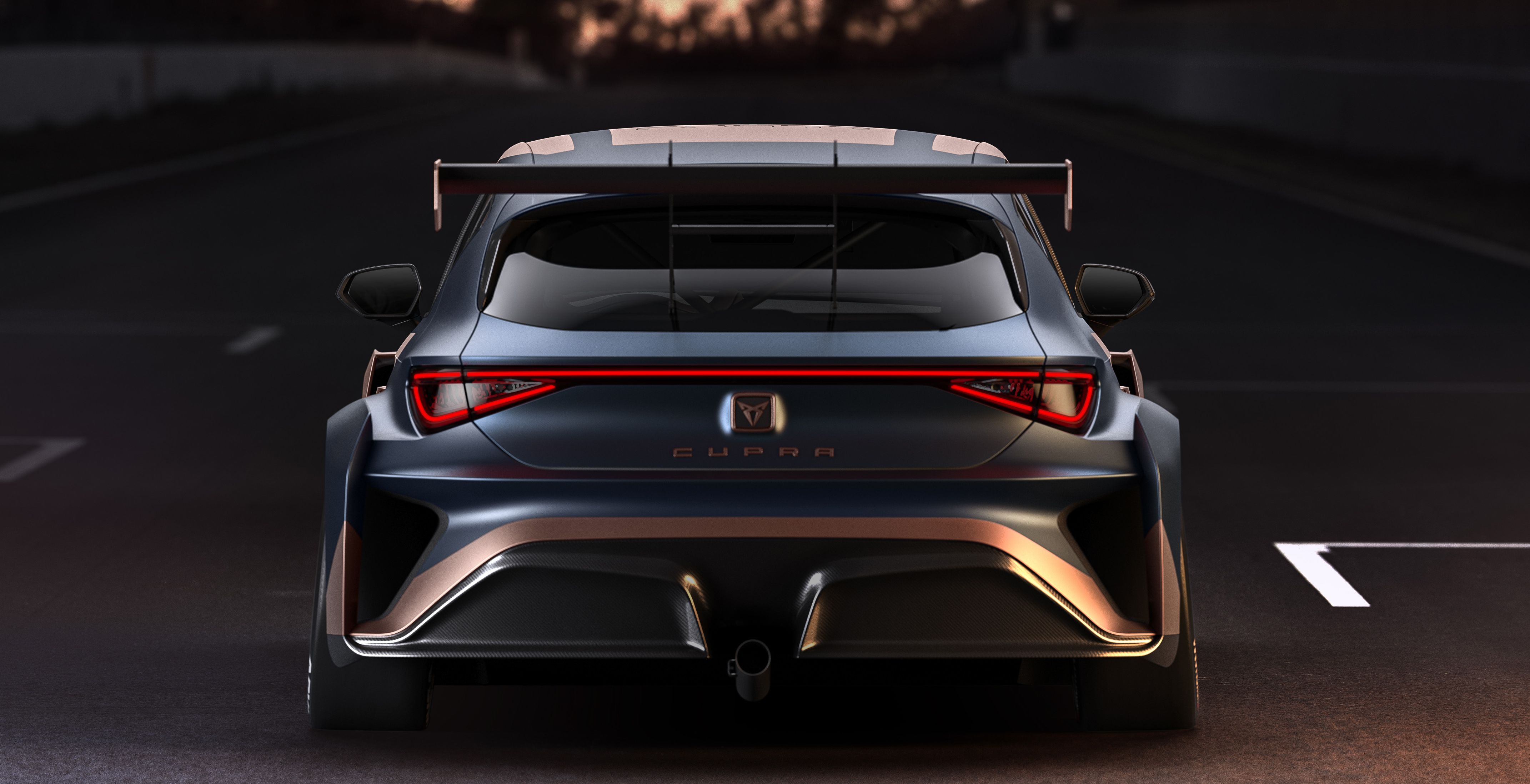The 2020 Cupra e-Racer is an all-electric race car built by Seat's high-performance division. The race-spec hatchback is based on the latest-generation Leon, despite not having the nameplate in its official name. Built for the PURE ETCR championship, a race series designed specifically for electric touring cars, the 2020 Cupra e-Racer was unveiled alongside the 2020 Cupra Leon Competicion.
The latter takes part in the standard ETCC series for gasoline-powered cars. The Pure ETCR series will debut in 2020 with just four rounds, two of them included in the WTCC series. Cupra will compete against entries from Hyundai and Alfa Romeo. Let's find out more about the 2020 Cupra e-Racer in the review below.
2020 CUPRA e-Racer
- Make: Array
- Model: 2020 CUPRA e-Racer
- Horsepower: 670
- Torque: 708
- [do not use] Vehicle Model: Array
Exterior
Just like the Leon Competicion, the e-Racer looks like a highly beefed-up version of the road-going Seat Leon. However, the two race cars are far from identical. Not only the two series have slightly different regulations, but the fact that the e-Racer doesn't have a combustion engine changes things dramatically.
The bumper is also a bit different compared to the Leon Competicion, with revised intakes in the center and larger openings covered by fine mesh to the sides. The front fenders are just as aggressive though and help move air around the car. The rear section of the front wheel arches also sucks in extra air and improve downforce.
|
|
ids=888992,888993 |
no_overlay=false |
before_label=2020 CUPRA e-Racer |
after_label=2020 CUPRA Leon Competición> |
The profile isn't all that different from the Leon Competicion, but it's as aggressive as they get thanks to the extremely wide rear wheel arches and the race-spec side skirts. The side skirts and the door caps are made from carbon-fiber for weight-saving purposes. If you look close enough you'll notice that the e-Racer features an extra vent in the lower rear fender.
The new Leon is a beautiful hatchback when seen from behind. It features new taillights with a light bar that runs across the entire width of the rear end and a sleeker tailgate.
The latter is integrated with the beefed-up rear fenders, so it's just as wide as the rear track. It features massive vents onto the sides and a big diffuser at the bottom.
Just like the front fascia, the rear end of the e-Racer is a bit different than the Leon Competicion. The wing is mounted lower, while the diffuser features a completely different design. Instead of two trapezoidal elements flanking the central-mounted exhaust pipe, the e-Racer features a carbon-fiber diffuser with four vertical fins and a "tray" than extends several inches away from the body.
Overall, the e-Racer is by far the most menacing version of the Seat Leon.
|
|
ids=888992,888993 |
no_overlay=false |
before_label=2020 CUPRA e-Racer |
after_label=2020 CUPRA Leon Competición> |
Interior
As it usually happens with race cars, Cupra didn't publish photos of the interior. But the ETCR has specific rules for this department and it's safe to say that Cupra ditched most of the car's convenience features, keeping only the shell of the dashboard. The race car should feature a new center stack with race-specific controls and a simpler display instead of the instrument cluster. Since it's also an electric vehicle, it should have a separate display on which the driver can monitor the state of the drivetrain and the battery. Simpler, carbon-fiber door panels replace the usual units, while the front seats were ditched for heavily bolstered, race-spec units. The rear seats were removed to save space but also to make room for the roll cage.
Drivetrain
On to the oily bits, while the Leon Competicion features a beefed-up version of the 2.0-liter four-cylinder gasoline engine found in the regular Seat Leon, the e-Racer hides four electric motors under the shell.
The e-Racer actually cranks out twice as much as the Leon Competicion, rated at 340 PS (335 horsepower), and more than double the amount of torque. The Competicion comes with 410 Nm (302 pound-feet) on tap, 550 Nm (406 pound-feet) below the e-Racer.
Cupra has yet to reveal specific performance info for the e-Racer, but it's safe to assume that the electric hatchback needs significantly less than four-seconds to hit 60 mph from a standing start. Actually, if the car is light enough, it could reach the benchmark in less than three clicks. That's at least a full second quicker than the gasoline-powered Leon Competicion. Top speed should be of at least 155 mph.
Power travels to the wheels through a single-speed transmission.
Competitors
Hyundai Veloster N ETCR
Hyundai also races a Veloster in the TCR championship, so it had the basis to make an electric version for ETCR as well. A slightly modified TCR car on the outside, the Veloster N ETCR features the same drivetrain as the Cupra e-Racer, because the 65-kWh and 800-volt battery packed is sanctioned by the rules. The Veloster benefits from up to 680 PS (670 horsepower), just like the e-Racer, and Hyundai claims that it can hit 60 mph in three seconds.
Alfa Romeo is the third automaker to join the series with an electric version of the Giulia. In February 2020, Shanghai Lisheng Racing also announced plans to join it, but it has yet to announce details about its race car.
Read our full review of the 2020 Hyundai Veloster N ETCR
Conclusion
Just like Formula One eventually spawned the all-electric Formula E series, TCR will soon have its very own series for EVs. This is yet another sign that racing is slowly but surely moving toward electrification and that we may no longer see gasoline racing series in a decade from now.
Cupra is among the first to join the new ETCR series and I think this is good for the brand. Cupra has a big chance to become a pioneer carmaker in the electric racing scene, a position that could bring major benefits. It could soon develop its very own electric drivetrain for the e-Racer, which will result in a road-legal version with the Cupra R badge.

